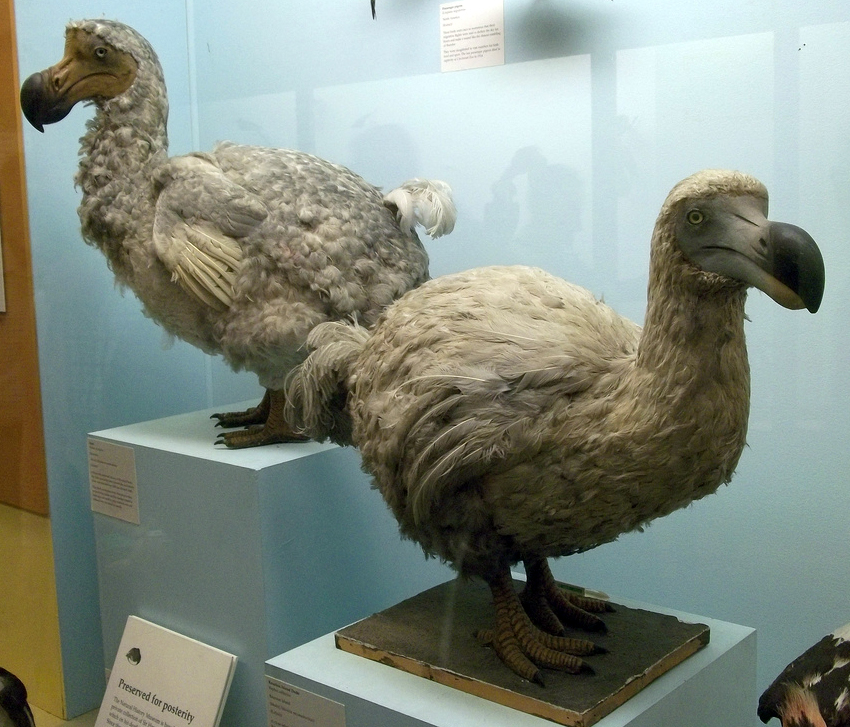Summary
The charity my group choose to support and present about is called the American Foundation for Suicide Prevention. AFSP works funds research, raises awareness, advocates to pass laws that will save lives as well as offers support. Every year over 1, 000,000 people in the U.S attempt suicide with over 44,000 succeeding. To support our charity, my group sold black milk tea and peach tea inside a glass mason jar. Each of the jars were covered in glitter, decorated with the blue and purple suicide awareness ribbon and included a tag with more information on our charity. In total, we made $211 dollars by selling out of our 50 jars.
Compared to my prior year's charity fair, I definitely improved. For one, this year my group and I completed every aspect of the charity fair in a timely manner. Unlike last year, I wasn't staying up the night before finishing up my board with my group. I also think the product that I created turned out better. The milk tea sold out fast and we got many compliments on our board and presentation. I also made over $100 compared to last year.
Backwards - In what ways have you gotten better at this kind of work?
Compared to my prior year's charity fair, I definitely improved. For one, this year my group and I completed every aspect of the charity fair in a timely manner. Unlike last year, I wasn't staying up the night before finishing up my board with my group. I also think the product that I created turned out better. The milk tea sold out fast and we got many compliments on our board and presentation. I also made over $100 compared to last year.Inwards - What was especially satisfying to you about either the process or the finished product?
One thing especially satisfying about the finished product was how our presentation during the charity fair went. I think our group did a really great job. We really took into account what feedback we got during our practice presentations in class and practiced a lot. After the presentation, I felt really proud of how we did. There was no stuttering, we had all our lines memorized, and many people in the audience were touched and emotional when watching us present. Our presentation to the parents was one of the best presentations that I have ever given during my 4 years at AdVenture.
Outwards
What the one thing you particularly want people to notice when they look at your work?
One thing I particularly want people to notice when they look at my work is the effort we put into decorating our jars. Each jar is brushed with multiple layers of gold glitter ,lined with a different colored ribbon based on the flavor of drink and wrapped around with a hand drawn tag. It took us an especially long time to make the tags because on each one we had to untie the already made know (which took awhile for all of them), put on a bell, and retie it an appropriate length for the jar.
Forwards
One thing I particularly want people to notice when they look at my work is the effort we put into decorating our jars. Each jar is brushed with multiple layers of gold glitter ,lined with a different colored ribbon based on the flavor of drink and wrapped around with a hand drawn tag. It took us an especially long time to make the tags because on each one we had to untie the already made know (which took awhile for all of them), put on a bell, and retie it an appropriate length for the jar.
Forwards
One thing I would like to improve upon is ...
One thing I would like to improve upon is thinking more ahead before we do things considering our product. Doing this would have saved us a lot of time. This is because when we put the glitter on the jars, we didn't anticipate how much time it would take. We spent many hours layers glitter on all of our 50 jars. In the future, if I wanted to do a half sparkle look for a jar, I could have just used spray paint. If we spray painted the jar, it would have saved us many hours of work giving us time to make other parts of our project and board better.
